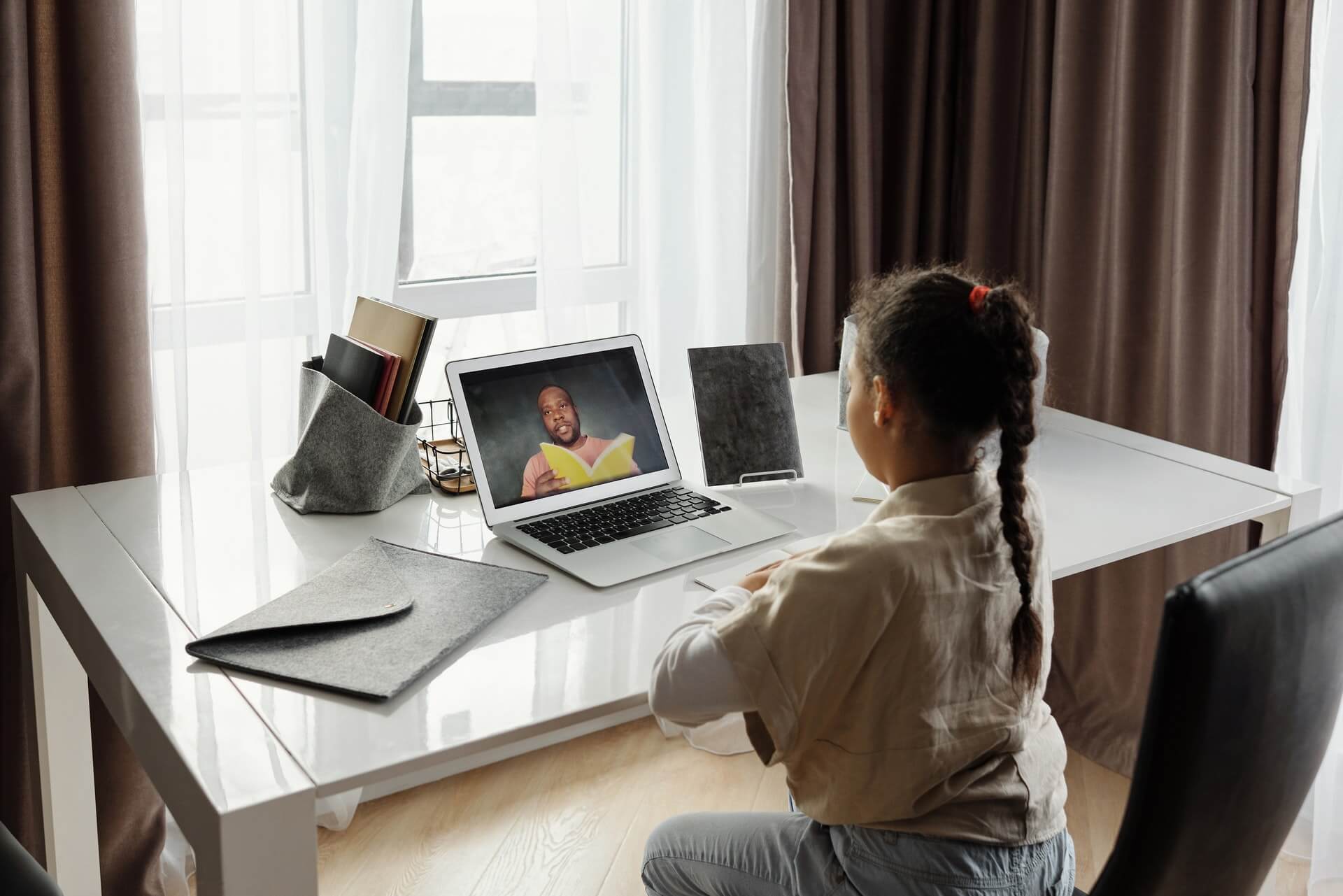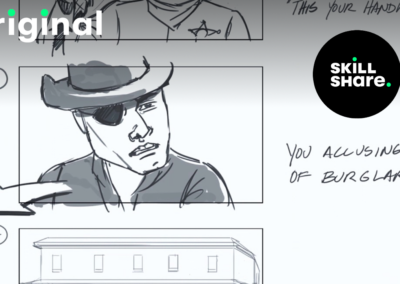A year ago, a mass move to online learning would have been unthinkable. COVID-19 has transformed education overnight. At Wacom, we’re here to help you find the tools you need to deliver your virtual lessons successfully.
But teaching young children online can feel difficult. How do you keep them engaged and learning during a live lesson with so many distractions at home? We share a range of simple ideas to help you get it right, including setting your ground rules, embracing fun, and organising learning to suit your class.
Let’s begin by looking at your expectations to help your online classes run smoothly.

Set expectations
Before you launch into online teaching, what do you want your lessons to look like? Will parents be joining in or leaving their children in your capable hands? Deciding how you want to organise everything before you start is far easier than making changes during lessons.
Learning online is still new for most parents. Tell them exactly what they should do to prepare.
You could try:
- Recording a simple video using Loom or Microsoft Stream to demonstrate
- Creating a how-to guide with screenshots to help
- Sending log-in details they’ll need
- Sharing your email address in case of problems
- Encouraging them to find a quieter spot to work from
- Sending a list of equipment needed
Dedicate your first lessons to becoming familiar with the programs you’re using and iron out any issues. Younger children can take longer to become familiar with everything. Have fun, play low-stakes games and recap prior learning until they all feel confident. Practise routines like joining with the microphone muted and pressing the ‘raise hand’ button rather than calling out. When they’re secure, you can introduce new content.
Build your relationship
Distance learning shouldn’t feel distant. It’s an opportunity to find out more about your students beyond academics. Younger children are often bursting with things they want to tell you. Don’t make them wait until the end of the lesson.
It sounds obvious but greet each child by name as they join. Show them how happy you are to see them. This is easily forgotten when you’re focused on the technology. Some may feel nervous; you’ll need to show them how confident you are that it will go well.
In the classroom, some children dominate. They’ll call out and answer every question if you let them. The same can happen with online lessons and it’s harder to manage. We can easily miss some quieter children. Keep a class list handy and tick off students who have contributed. Ask targeted questions to specific students to engage them. It’s a simple way to make sure all your younger learners feel valued.
Don’t just replicate classroom teaching
Children are more easily distracted when learning online. You must work on ways to engage them and keep them focused on you. That means avoiding long, boring presentations. Using a Wacom pen tablet is great for drawing directly on your screen to highlight, annotate and demonstrate whilst you’re teaching.
Split your lesson into bite-sized chunks with a variety of modelling and activities for them to try. Look for ways to get them actively learning. Personalise the lessons by letting them choose how to respond and encourage collaboration with group tasks.
Embrace the power of fun
Every teacher must be an entertainer in the classroom, but no want wants to be an ‘edutainer’ dumbing down lessons to make them more fun. Online you’ll want to focus on learning but be creative in your method of delivery. That’s hard when you’re stuck talking to a screen.
Think of ways to bring your lessons to life including props, puppets, songs, and stories. There’s even a place for silly voices and a bit of slapstick to make your lessons engaging and less stilted.
Children will sit for hours playing video games because they’re so much fun. They make mistakes, learn new strategies, and persevere when it gets tough. Teaching can learn lots from video game design. Integrating game playing into your online lessons is perfect for motivating and engaging your younger students.
Help them stay focused
Younger children can’t sit still for long. Plan plenty of opportunities for them to get up and actively engaged. Virtual learning can be much shorter than in-person classes, so keep lessons pacey and short. Let them show you responses with hands up or holding up answers to the screen and typing in the chat bar.
As you know, students get bored when they have to wait. With virtual lessons, learners join at slightly different times and finish tasks at different speeds. That quickly gets boring for quick workers. Provide something for them to do whilst waiting to keep them occupied. They can type their responses to avoid calling out.
Let them study in their own time
Have you weighed up the benefits of teaching live lessons compared to recording them? Live lessons offer you the chance to engage with your class and see instantly how they’re learning. Recorded lessons feel more distant, feedback becomes harder, but students can rewind and watch videos to work at their own pace.
There’s no reason why you can’t combine both approaches to get all the benefits. Record your live lessons and send copies home for students to watch again. Just remember to check your school’s safeguarding policies to ensure you have permission to share images of other students in the class.
Alternatively, use flipped learning to record and send home videos for children to watch before live lessons. This gives them the opportunity to practise at their own speed and show you their progress when you’re face-to-face.
Final thoughts
With 143 countries closing their schools, 68% of learners around the world have had their education disrupted. Virtual learning has suddenly become a priority for teachers, and that’s likely to stay.
Our youngest students can struggle to adapt to working online. Long boring presentations won’t work for them. Use your creativity to run engaging, active, and enjoyable lessons that keep them excited about learning.







